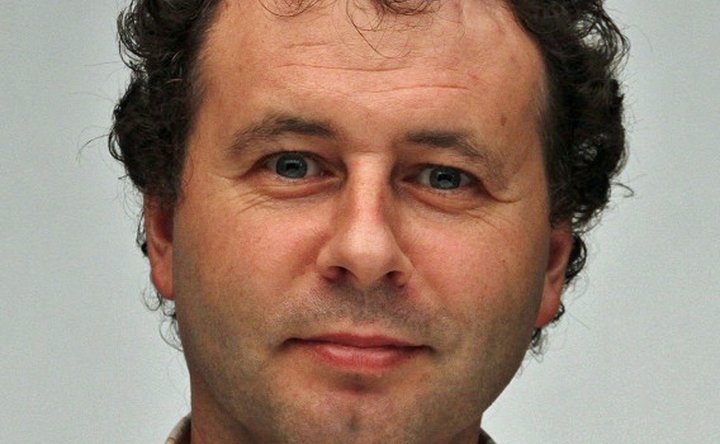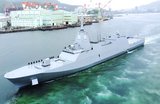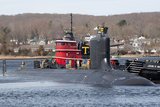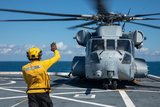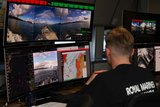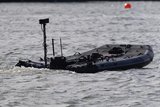Blue Shark torpedo is about to gain sharper teeth
A P-3 Orion aircraft of the ROK Navy drops a K745 Blue Shark torpedo. (Gordon Arthur)
The Defense Acquisition Program Administration (DAPA) in South Korea has selected LIG Nex1 as the preferred bidder to improve the K745 Blue Shark lightweight torpedo.
LIG Nex1 announced this KRW160 billion ($128 million) award on 4 April. DAPA first publicised this Light Torpedo 2 programme last November.
After a development process, the new torpedo should be ready for production by 2029, and other domestic firms will assist LIG Nex1 in developing the improved weapon.
Ji-Chan Kim, CE of LIG Nex1, said, 'We will strengthen the partnership with involved parties for the Light Torpedo 2 to protect the water of South Korea,
Already have an account? Log in
Want to keep reading this article?
More from Naval Warfare
-
![UK to join US Navy’s Virginia-class submarine assembly effort to speed up construction]()
UK to join US Navy’s Virginia-class submarine assembly effort to speed up construction
The expansion of the Virginia-class submarine construction to UK shores could accelerate the project as US shipbuilders continue to fall short of delivery goals.
-
![US Navy seeks new sensors for the CH-53K King Stallion heavy-lift helicopter]()
US Navy seeks new sensors for the CH-53K King Stallion heavy-lift helicopter
The US Navy intends to publish a draft request for proposals in Q2 2026 and conduct an open competition for the supply of new electro-optical and infrared capabilities for the CH-53K heavy-lift helicopter.
-
![What new technologies could be involved in UK Atlantic Bastion initiative?]()
What new technologies could be involved in UK Atlantic Bastion initiative?
As new details emerge on the UK Royal Navy’s plan to secure the North Atlantic for the UK and NATO, three main areas of opportunity for new technology are the focal point.
-
![NATO naval exercises map out future USV requirements but raise questions on acquisition]()
NATO naval exercises map out future USV requirements but raise questions on acquisition
Uncrewed surface vessels have shifted from a desirable capability to a critical one for navies. But should these systems be bought outright, rented as a service or rapidly built using commercial off-the-shelf components?






